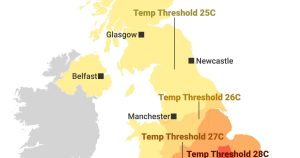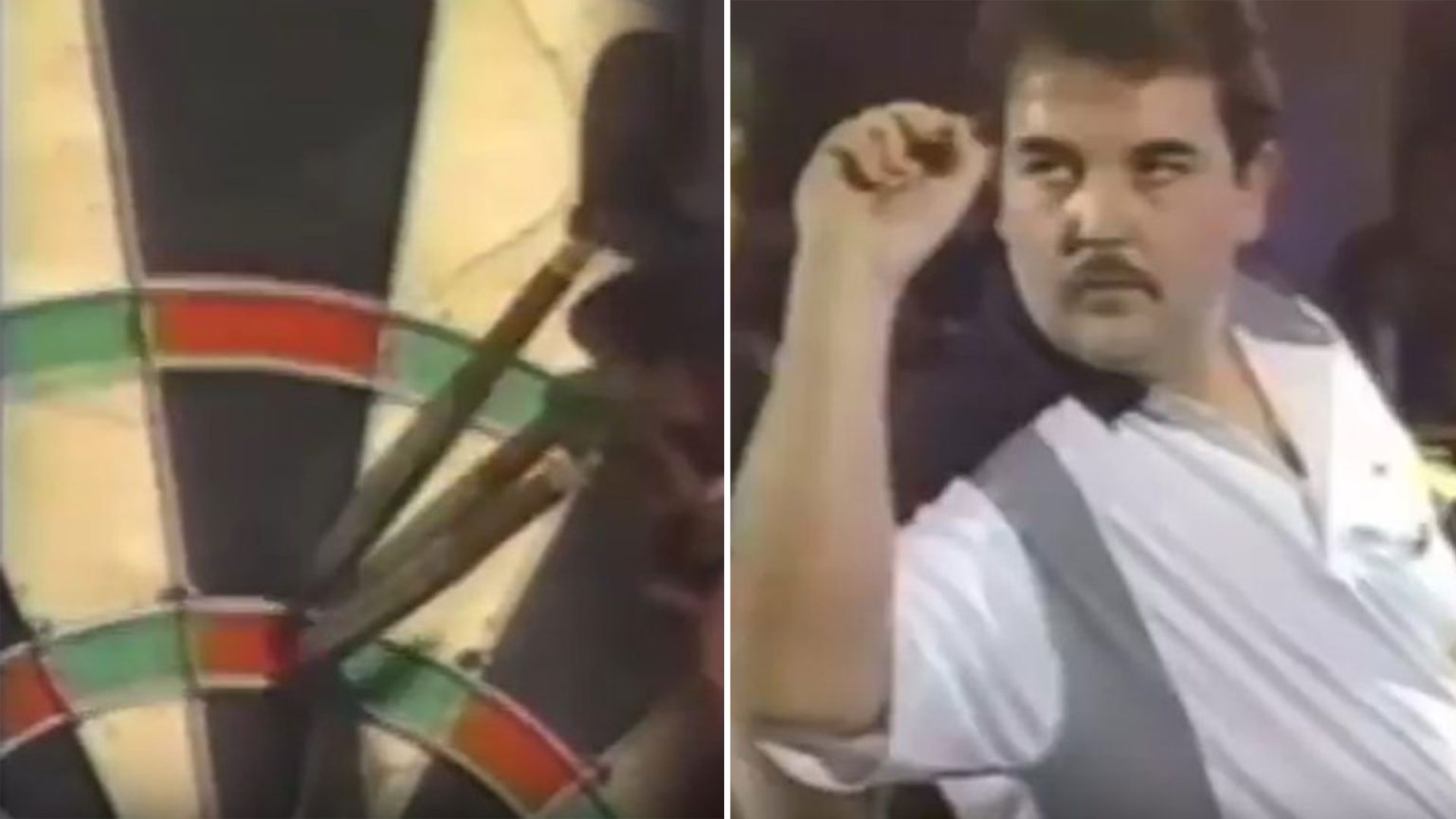Phil “The Power” Taylor, a name synonymous with darts dominance, etched his name in the annals of the sport not only through his 16 world championships, 11 televised nine-darters, and a staggering 85 major titles, but also through a lesser-known, yet equally impressive feat: a 240 checkout, achieved not once, but in an official tournament. This remarkable score, achieved in 1993 at the UK Matchplay in Chesterfield, recently resurfaced on social media, reigniting conversations about Taylor’s legendary prowess and the unique circumstances surrounding the event.
The standard dartboard, with its treble 20 offering the maximum score of 60 per dart, limits the highest possible checkout to 180. However, the 1993 UK Matchplay introduced a revolutionary concept: the “Quadro” board. This modified board featured an additional ring nestled between the bullseye and the treble ring, introducing the possibility of quadruple scores. This seemingly minor alteration transformed the dynamics of the game, opening up the potential for a previously unimaginable 240 checkout, a feat Taylor accomplished with characteristic precision against his opponent, Jockey Wilson.
The moment Taylor landed all three darts in the quadruple 20 segment, the crowd erupted in awe, the commentator struggled to contain his excitement, and the announcer’s cry of “240” reverberated through the venue. This remarkable achievement, captured on video, has now resurfaced online, sparking a renewed appreciation for Taylor’s skill and the innovative, albeit short-lived, Quadro board. The board itself was discontinued in 2000 due to reported confusion among players, referees, and announcers in adapting to the new scoring system.
Despite its discontinuation, the legacy of the Quadro board and Taylor’s historic 240 checkout lives on. The online rediscovery of this feat has ignited discussions amongst fans, some expressing surprise at having never witnessed the footage before, others marveling at the concept of quadruple scoring. The conversation surrounding the Quadro board extends beyond its historical significance; plans are underway for its revival in a modernized form in 2025, promising to further revolutionize the game by enabling an eight-dart finish from a 501 start. This renewed interest highlights the enduring fascination with pushing the boundaries of darts and the potential for innovation within the sport.
While the Quadro board and its potential for higher scores adds a layer of intrigue to the game, the core principles of precision, skill, and strategic gameplay remain paramount. Taylor’s achievement on the Quadro board underscores his exceptional talent, demonstrating his ability to adapt to and excel in unconventional circumstances. His 240 checkout stands as a testament not only to his individual brilliance, but also to the ever-evolving nature of darts, constantly seeking new ways to challenge and excite both players and spectators.
As the 2025 World Darts Championship approaches, the anticipation surrounding the reintroduction of the Quadro board builds. The prospect of witnessing an eight-dart finish on this modified board injects a fresh wave of excitement into the professional darts scene. While this year’s final features the clash between rising star Luke Littler and the seasoned veteran Michael van Gerwen, the looming return of the Quadro board ensures that future championships will hold their own unique allure, potentially offering new avenues for record-breaking performances and unforgettable moments of sporting brilliance. The Quadro board represents not merely a change in scoring, but a symbol of the sport’s willingness to embrace innovation and push the boundaries of possibility.











